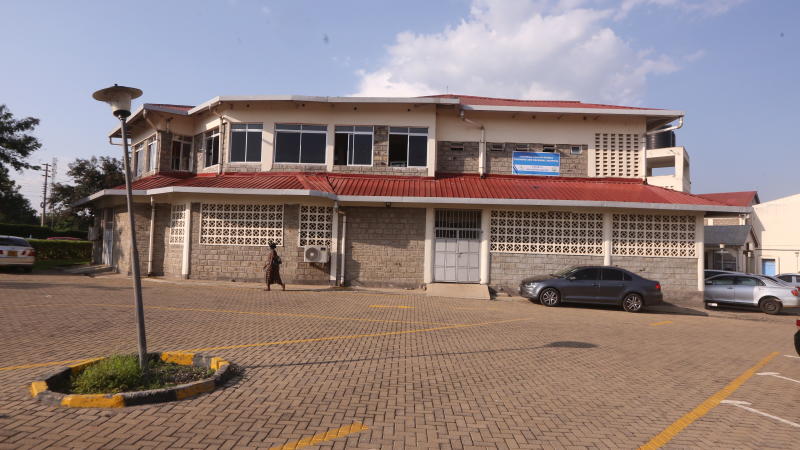×
The Standard e-Paper
Fearless, Trusted News

Kisumu County has recorded a surge in malaria cases with most patients also testing positive for Covid-19.
Areas with the highest malaria burden include Nyando, Nyakach and Seme and Kisumu East sub-counties. Children are the worst hit as their admissions have surged three times in the last two months, according to records at the Kisumu County Hospital.